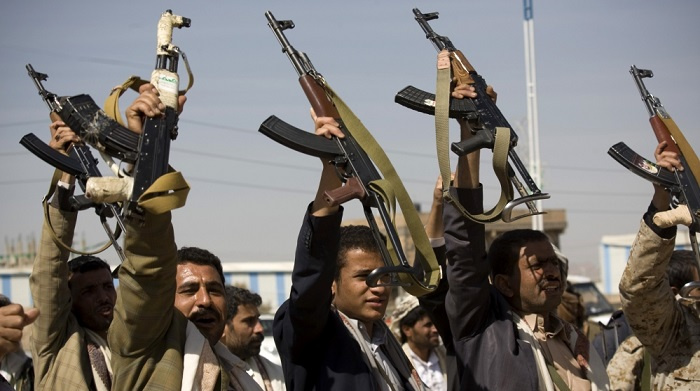New Order in the Middle East

Numerous developments with new variables are forming in the Middle East. Local crises in political geography must be studied in the big phase of the region. It seems that amidst the ashes of bloody clashes in the Middle East, a powerful diplomatic movement has entered the scene of developments, the main characteristic of which is the “unavoidable interaction” of international and regional players about the establishment of a new balance. This diplomatic wave is visible behind many political and military measures and rhetorics, of course only if the analysts put the pieces of this puzzle next to each other.
The present deadlock in the Middle East had ascertained all players of this geopolitical area that this path would not have a desirable end and the intensification of ethnic disputes would only strengthen the fundamentalist terrorism of al-Qaeda and ISIS, the scope of which could cover other countries of the region. The assumption of a “loss” for the international system and regional powers in the Middle East within the framework of war has made the players accept the new realities of the region. Political understanding in nuclear negotiations between Iran and the P5+1 during the past months, the growth of terrorist movements in Iraq, Syria, Egypt, Libya and Yemen and the strengthening of fundamentalist movements like al-Qaeda and ISIS, the differences between Riyadh and its more moderate allies in the military coalition against Yemen, the pressure of public opinion in the world and the region with regard to the growing number of dead civilians in the air strikes of the coalition, the non-active participation of Egypt, Turkey and Pakistan in this coalition and particularly the end of the dream of sending ground forces against the Houthis, Russia’s more active entrance into the developments of the region besides Moscow’s decision to deliver S-300 missiles to Iran and Tehran’s positive diplomatic moves to find political solutions based on collective participation in Yemen were all pieces of the puzzle which gradually found their places.
Furthermore, the US played this double-standard game regarding the new developments in the region. On one hand, it sent the intelligence-logistic supporting pulse of the coalition while, on the other hand, sending this message through the dispatch of its naval ships to the Gulf of Aden that their military presence would prevent Tehran’s military aids from reaching the Houthis and that Riyadh could no longer use this excuse.
All these events formed a collection which could be considered as the beginning of the new order in the region within the framework of new equations.
On Tuesday, April 21st, diplomatic movements in the region advanced with such speed that its comprehension was very difficult for many. That is why when in the evening Saudi Arabia stated that it had ended the military strikes because it had achieved all its objectives, many analysts were caught by surprise. Saudi King Salman’s contact with Putin to talk about the developments in Yemen alongside the reports about Iran’s attempt to enter Oman as the mediator and even the US naval show to send ships to the Gulf of Aden under conditions when the US has placed its biggest “dove” on reaching a nuclear agreement with Tehran were all signs that under the thick crust of anarchism in the region a movement was forming in the region that prefers “diplomacy and interaction” over war and insecurity and attempts to impose it on the regional players.
Sometimes in the world of politics, realities will not exactly be what they seem to be and this is true particularly in the Middle East where behind the scenes deals have always won over political transparency.
What happened last Tuesday will be far beyond the end of military strikes, although halting these strikes was the most prominent result of it. The international system and the US, in particular, is changing its traditional policies and establishing new equations in the Middle East. Tehran’s new diplomatic role in these equations cannot be ignored.
When Foreign Minister Zarif put the option of peace and understanding on the table of regional disputes including the war in Yemen, he pushed Iran’s regional rival, Saudi Arabia, into a corner. Under these conditions the West and Washington, which have always claimed to be the “arbitrators”, were confronted with a new situation and had to make decisions about the reduction of tensions. Zarif’s article in the New York Times and the explicit welcome of the White House and State Department of this proposal next to Germany’s demand to establish a cease-fire were all indicative of new developments in the region.
The fact that for the first time Iran’s Deputy Foreign Minister gave the news of the end of the coalition’s military strikes against Yemen shows Tehran’s constructive diplomacy in this semi-understanding and cease-fire.
The present experience and the end of military strikes in Yemen could teach useful lessons to Iran’s diplomacy apparatus and that is that in the scene of attrition wars and ethnic disputes the winner is the one who keeps itself out of this war and attempts to find a solution which would satisfy both parties.

